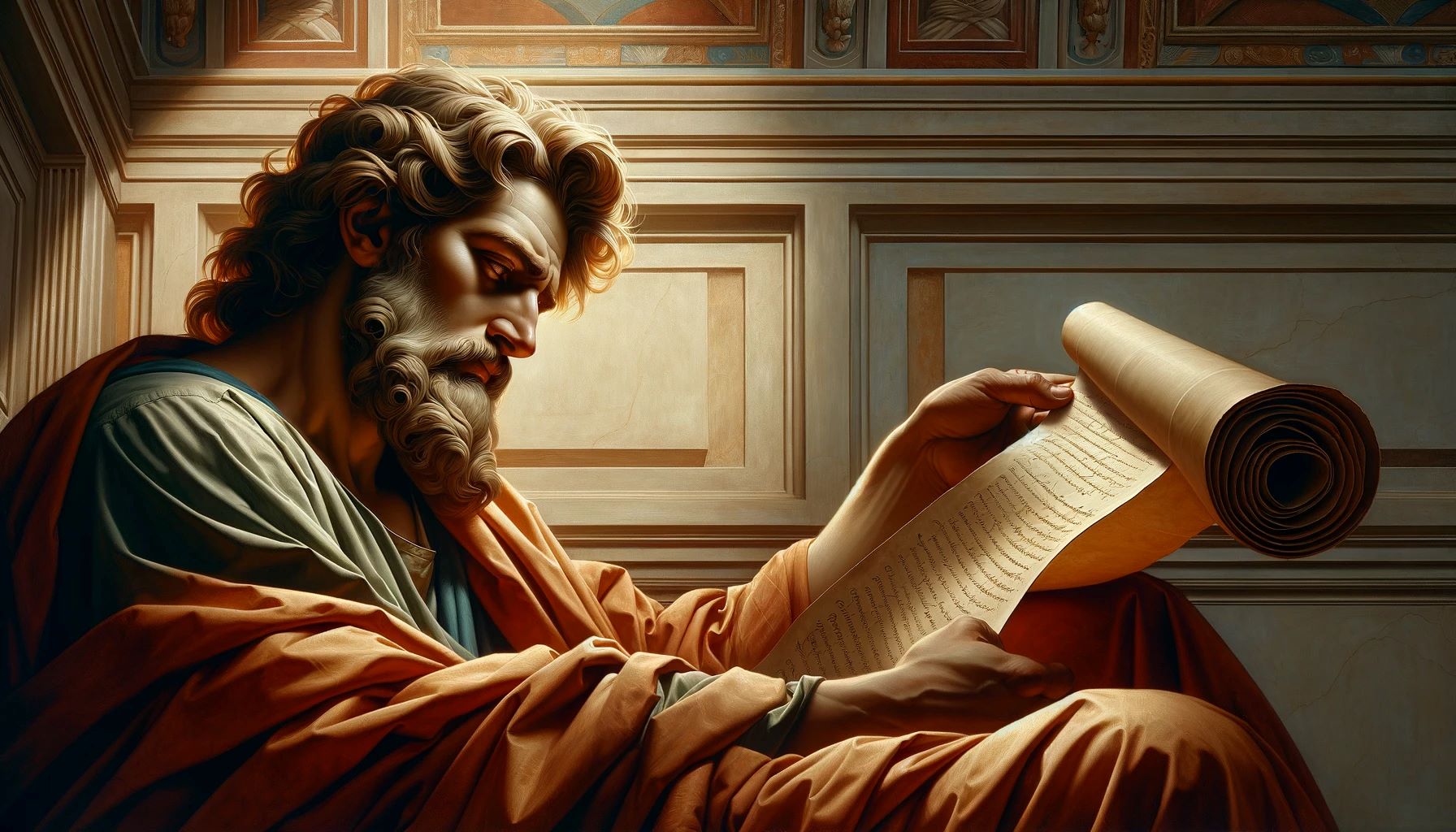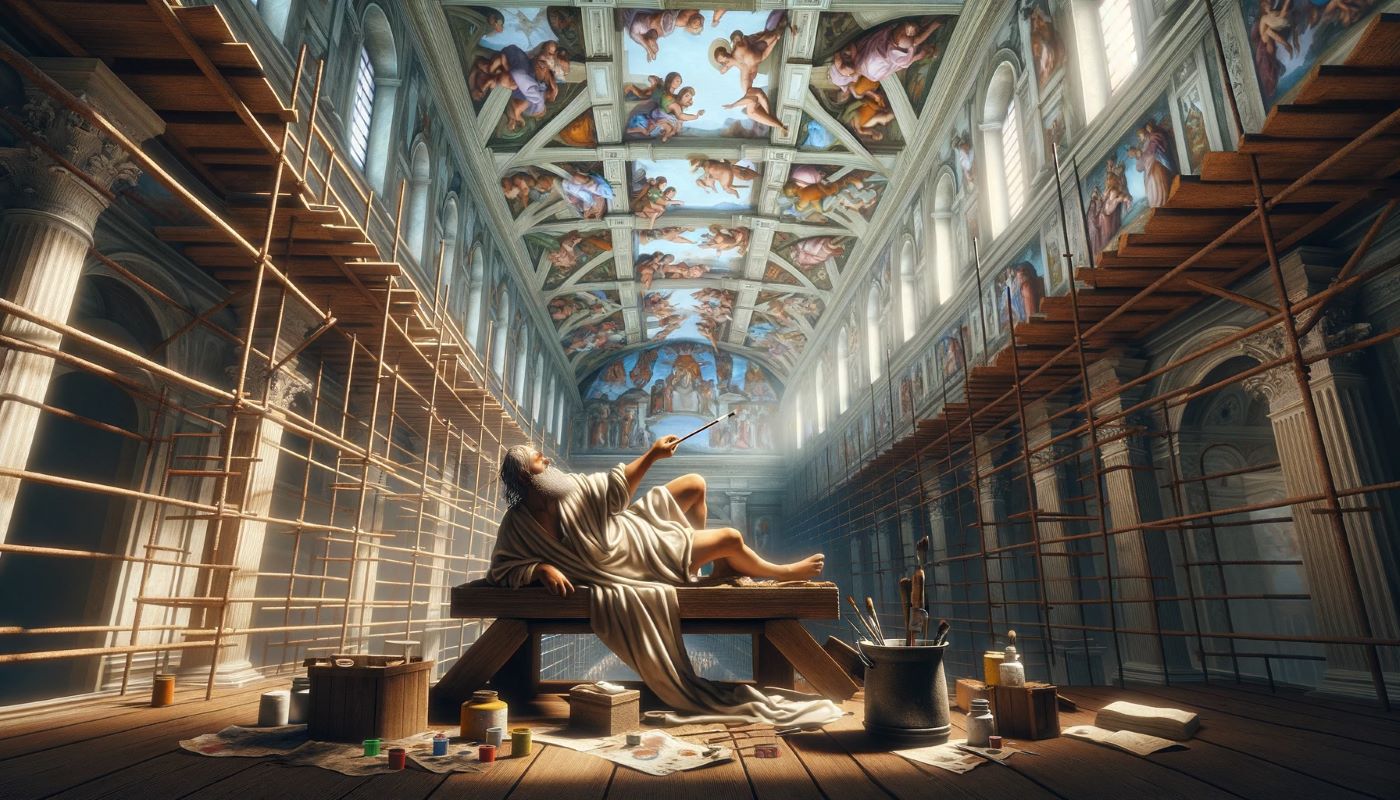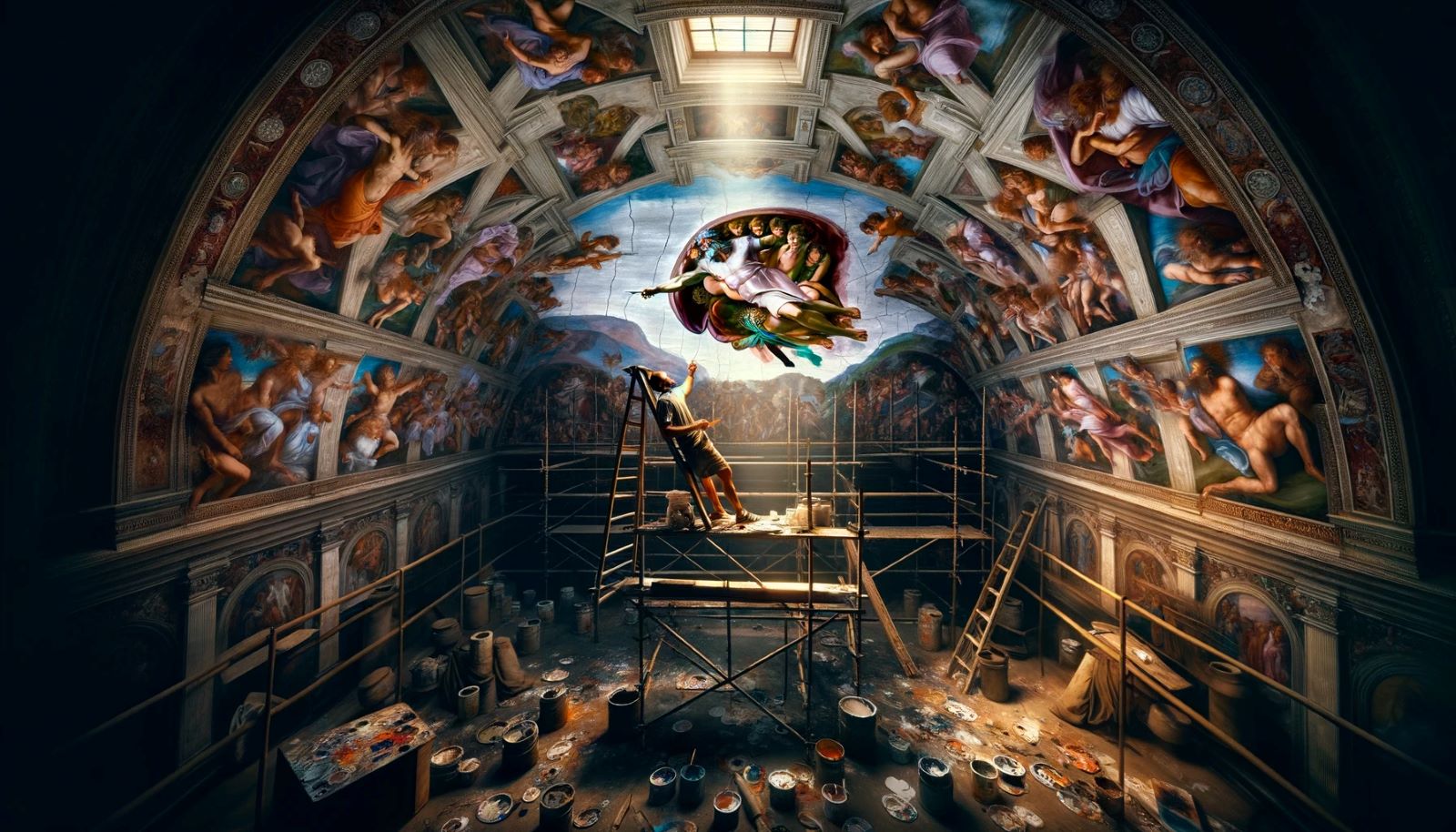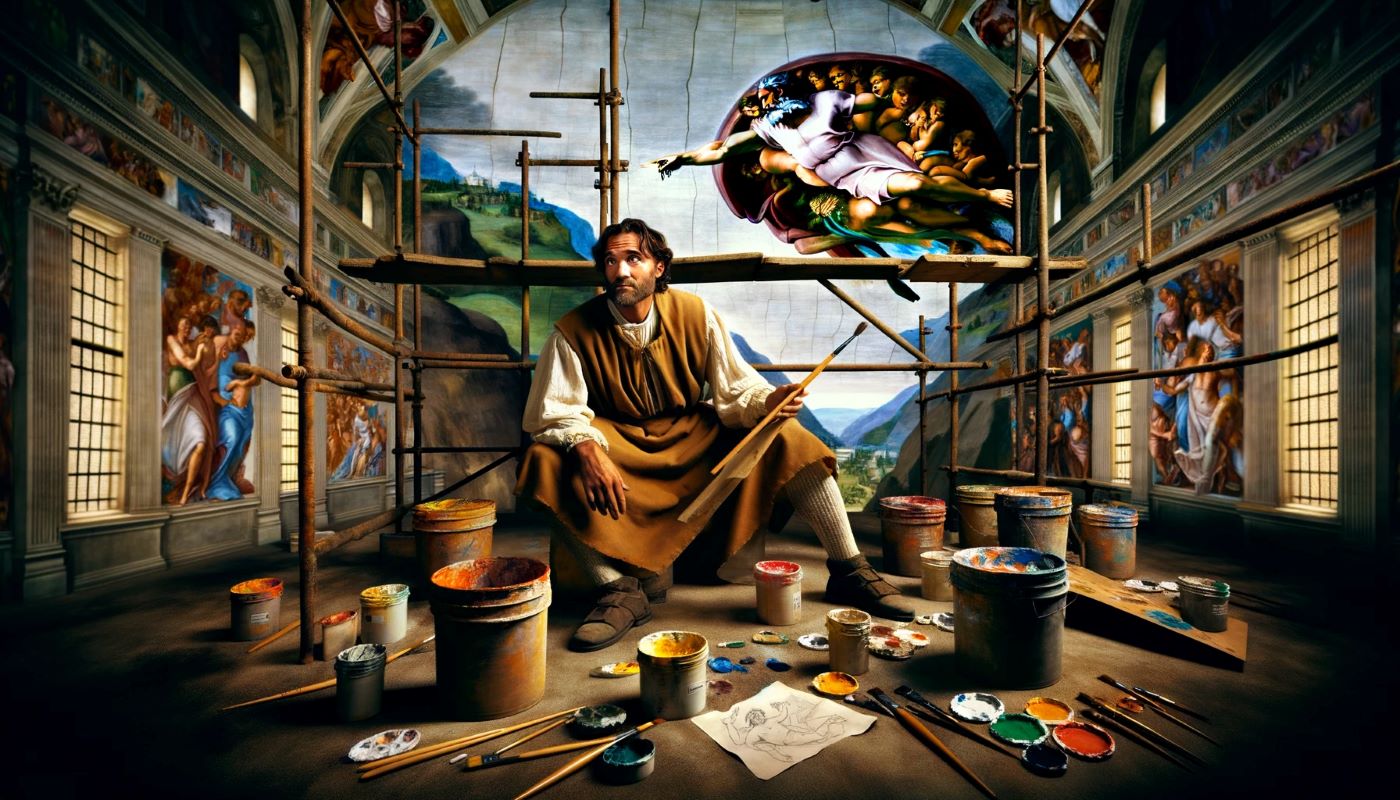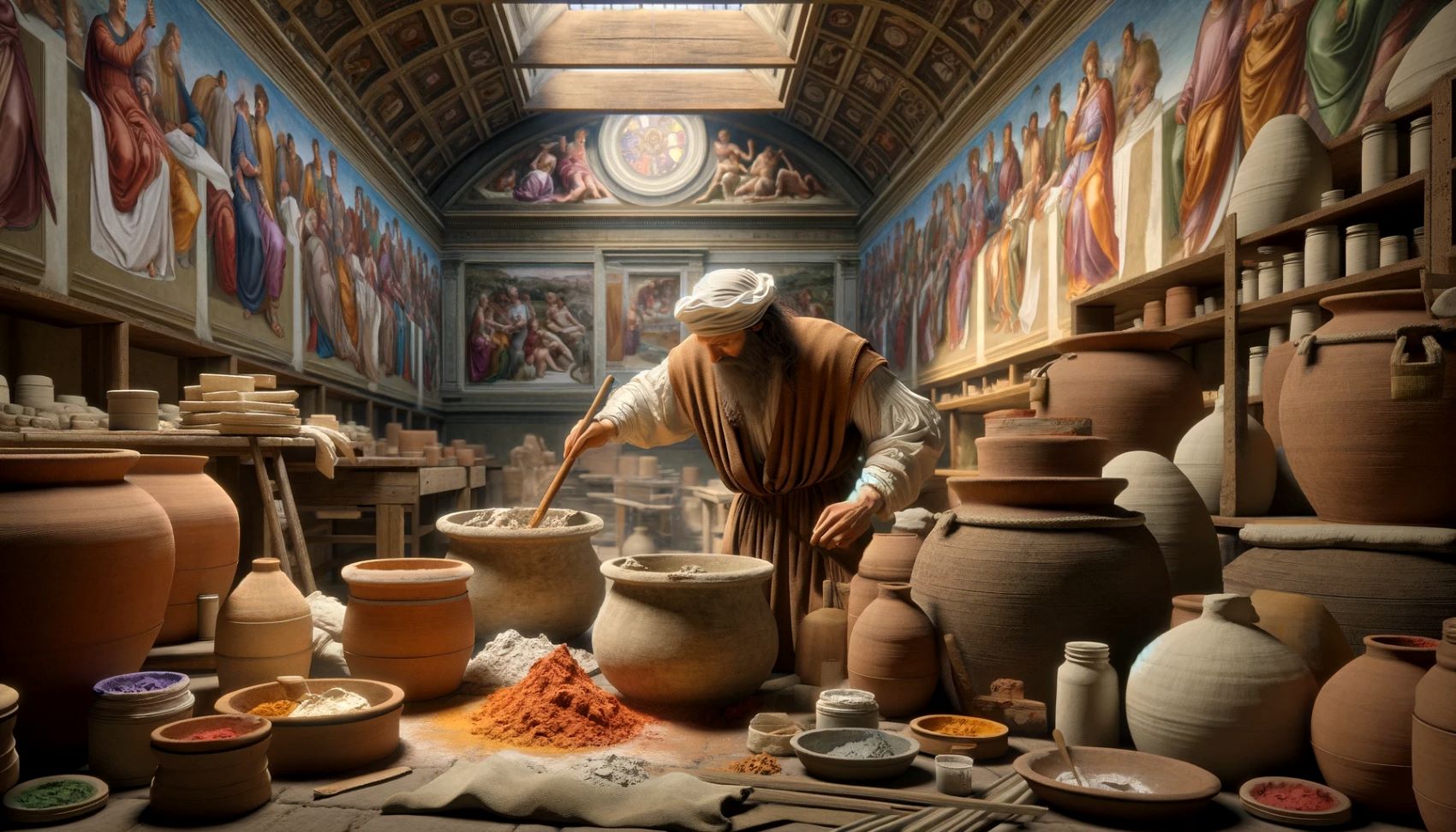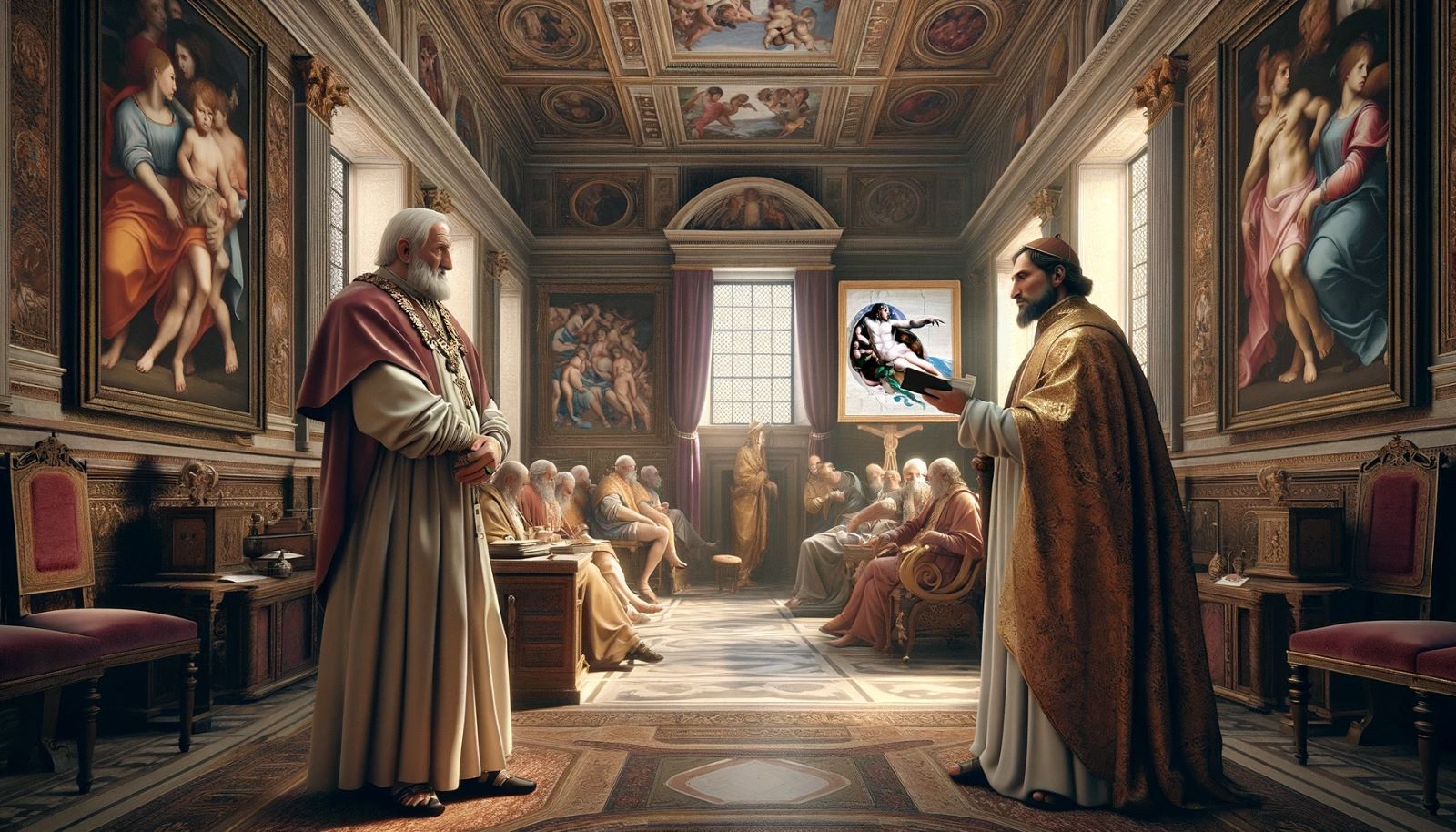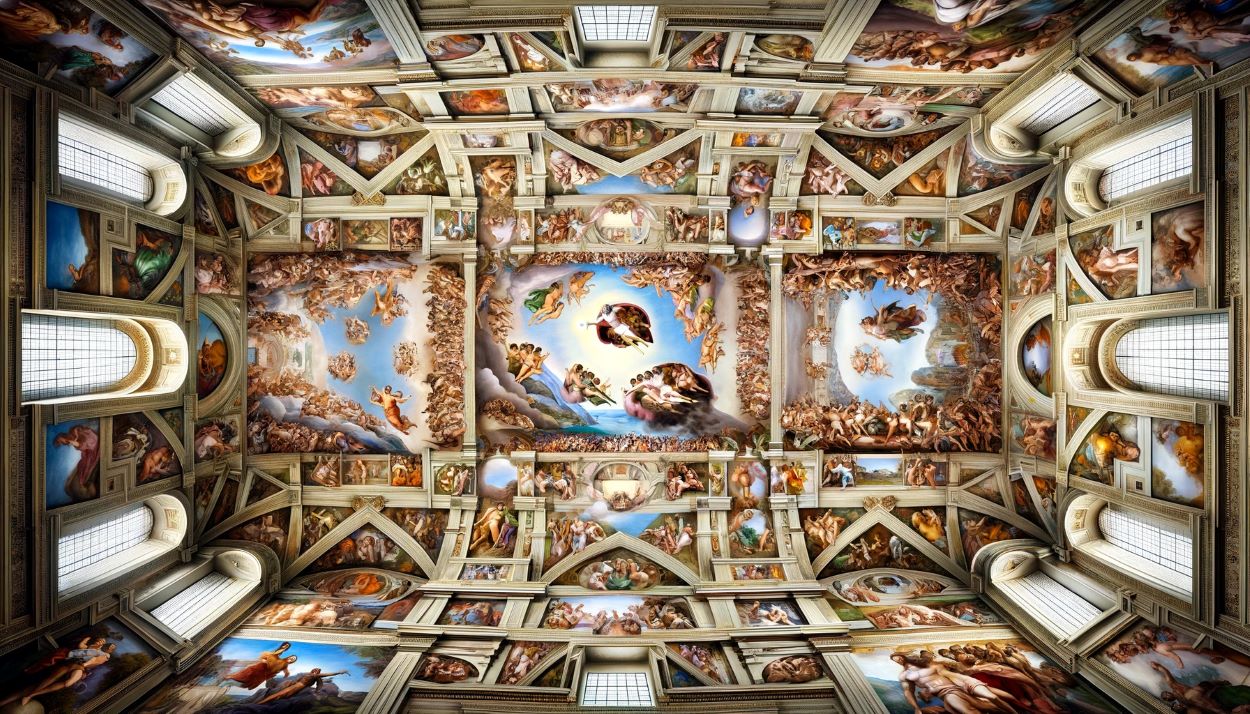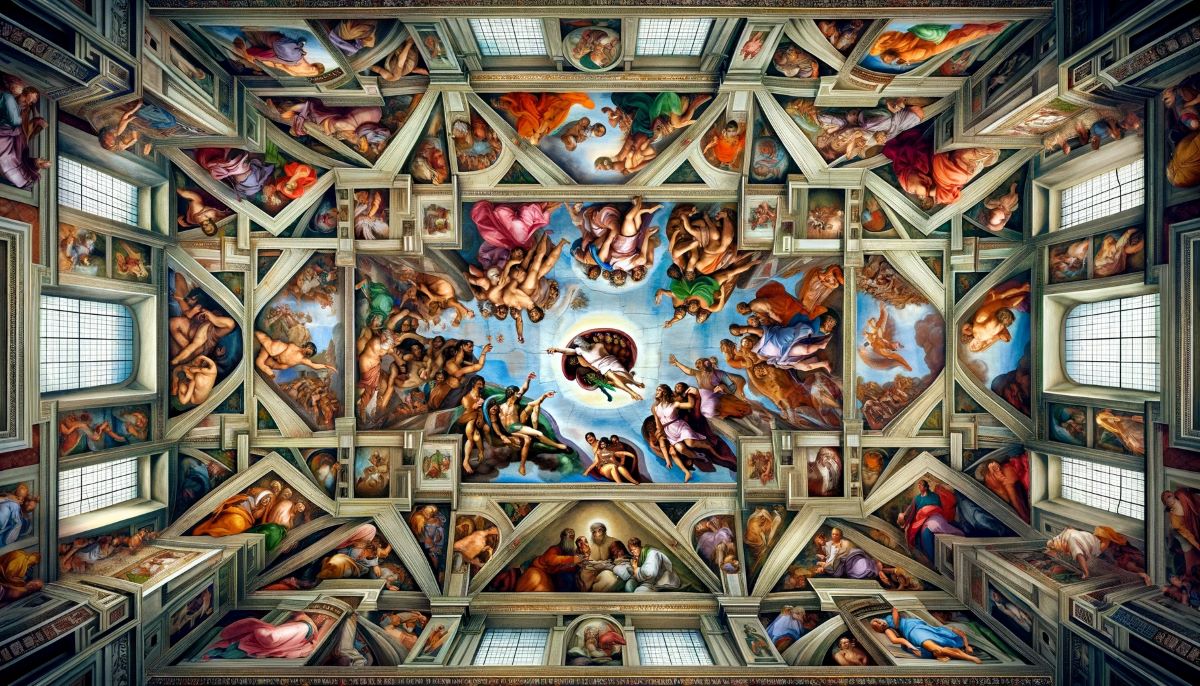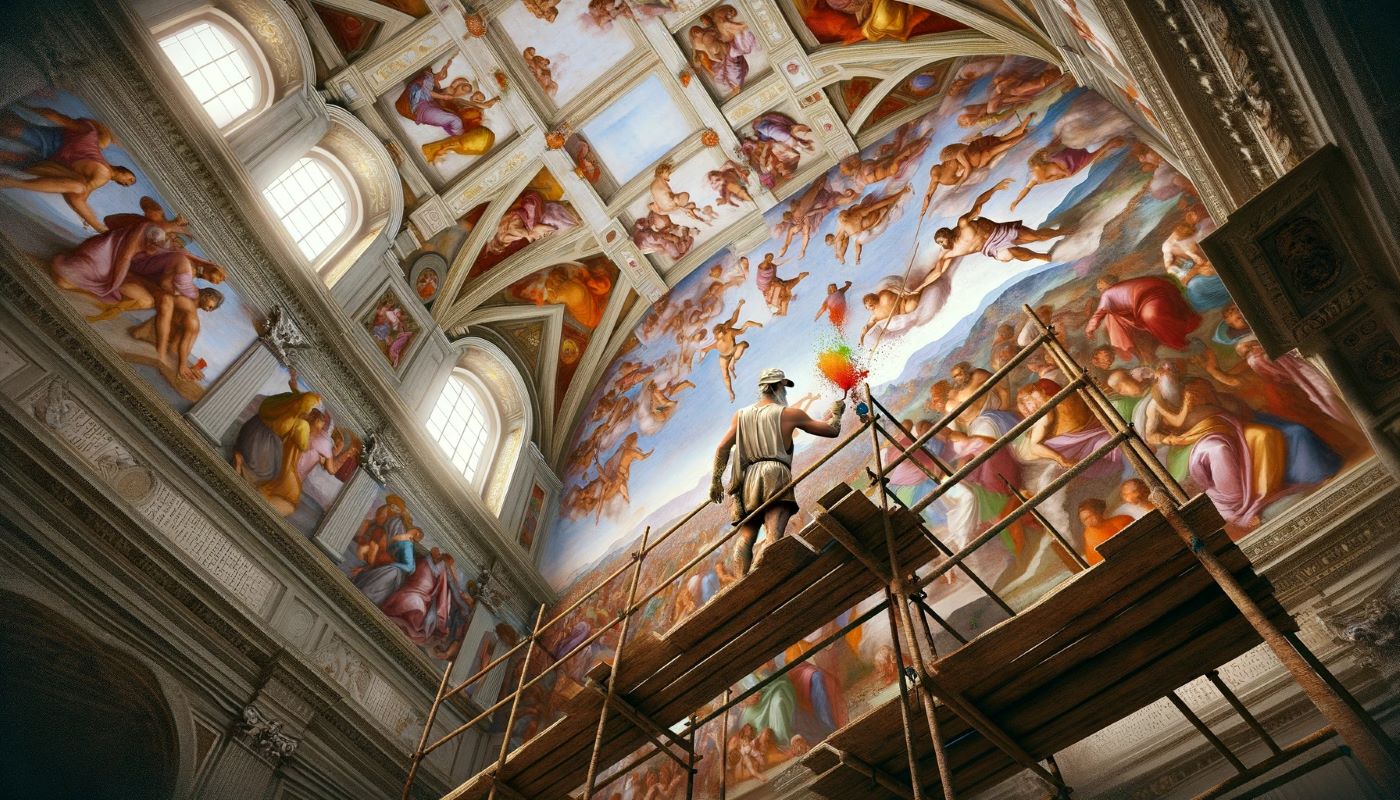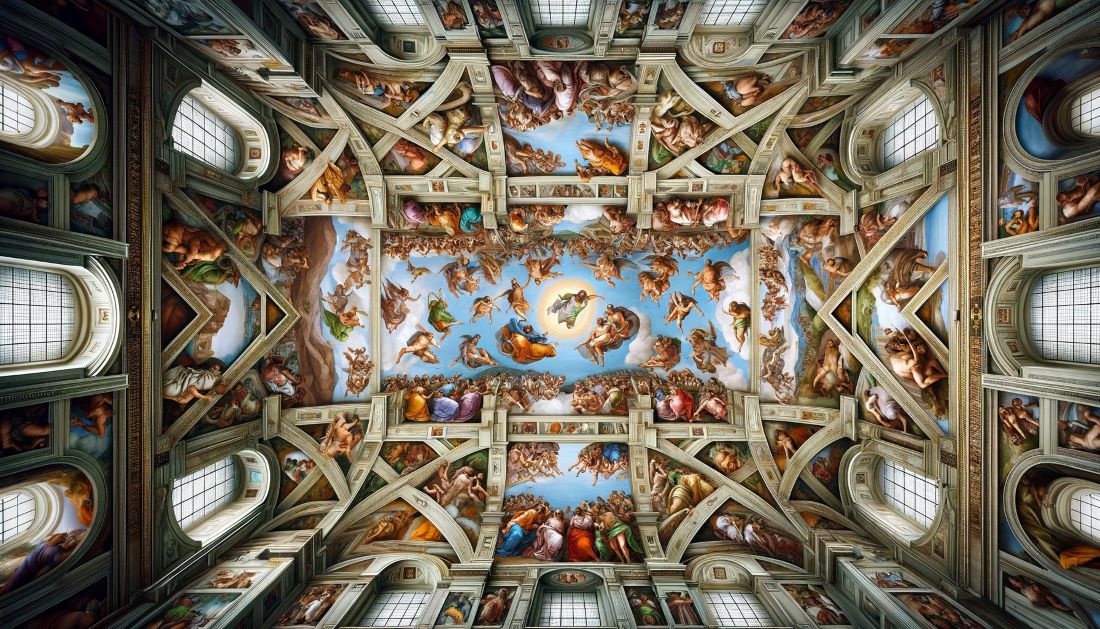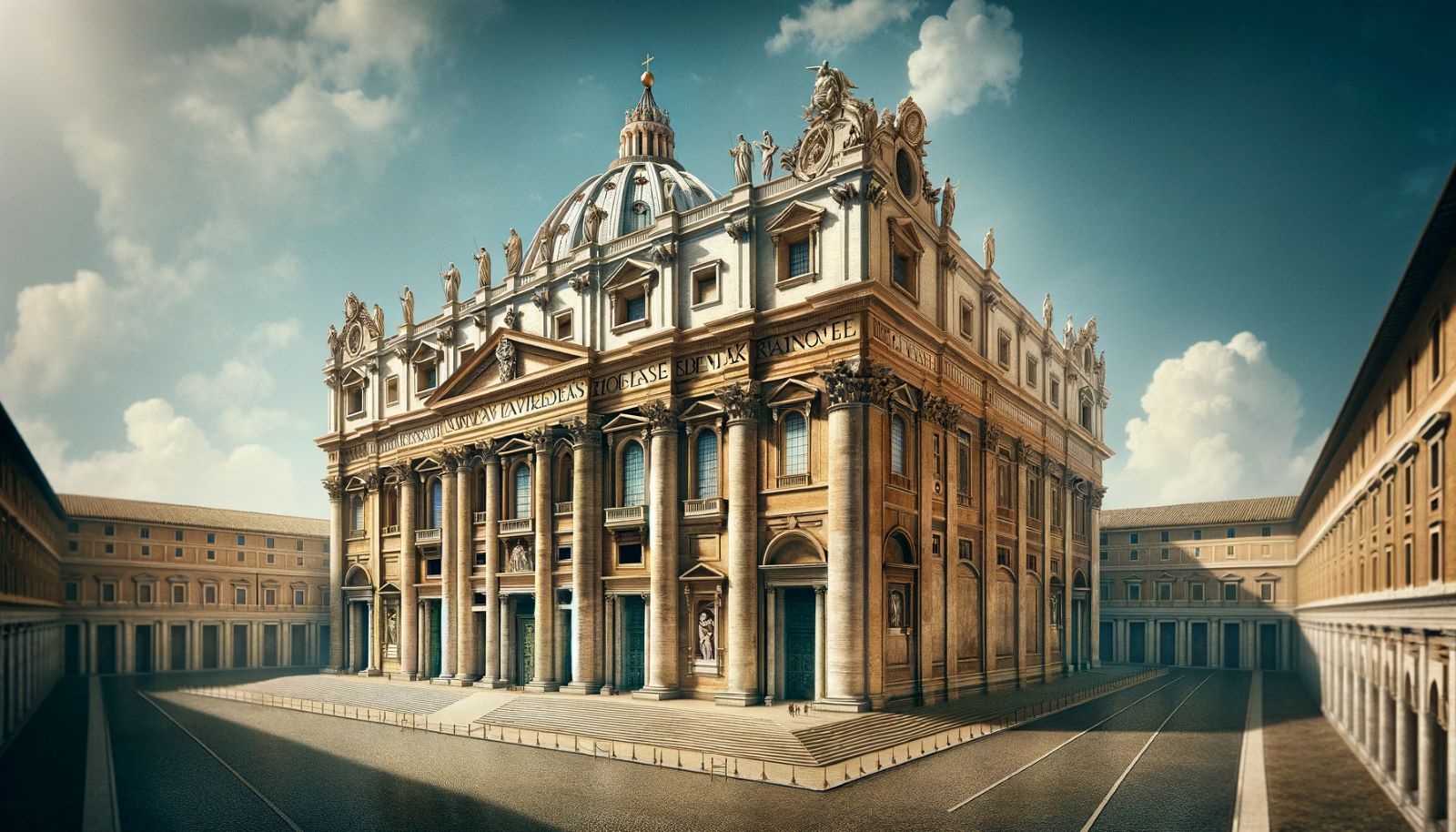Home>Arts and Culture>What Were Michelangelo’s Feelings About Painting In The Sistine Chapel?
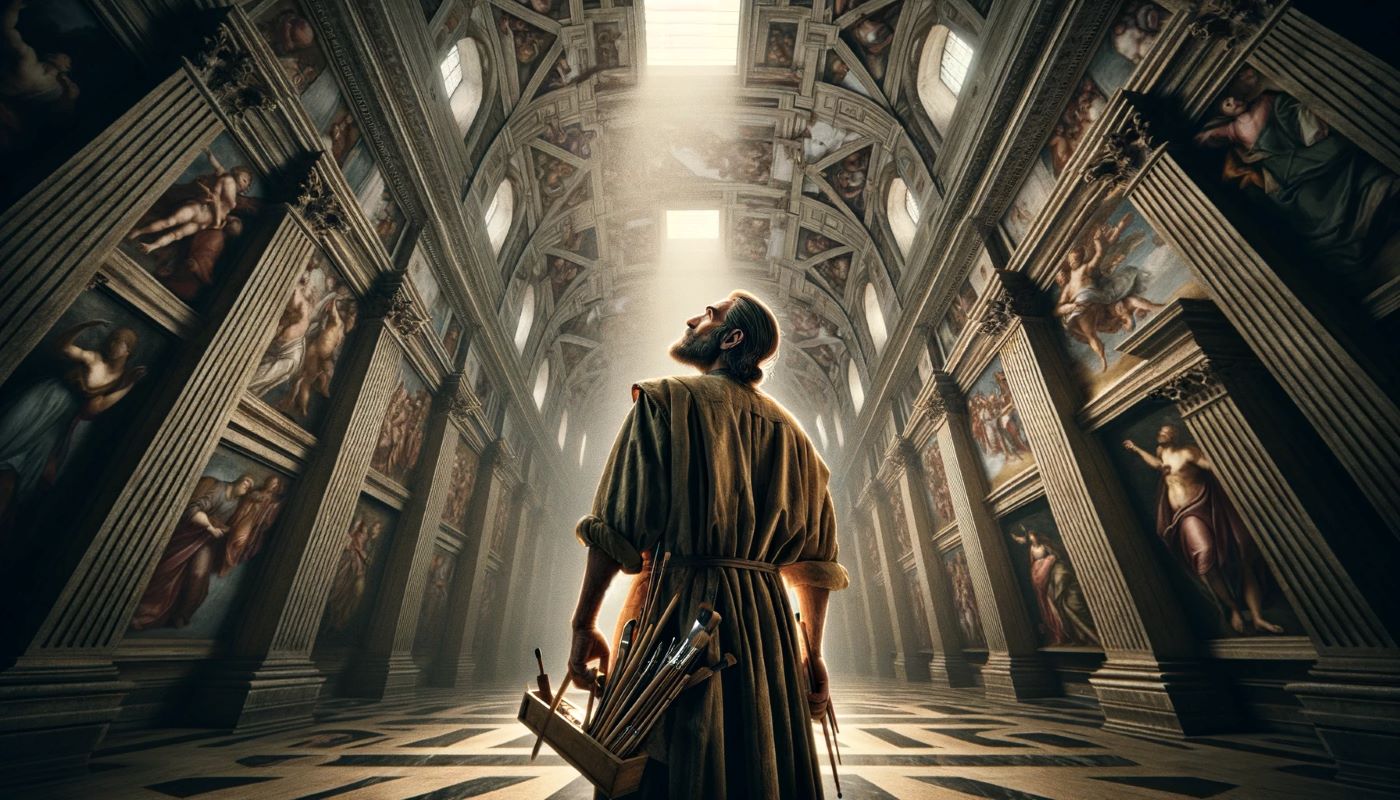

Arts and Culture
What Were Michelangelo’s Feelings About Painting In The Sistine Chapel?
Published: March 4, 2024
Jason DeRose, Managing Editor at Christian.net, uses his expertise in religion and journalism to deepen understanding of faith's societal impacts. His editorial leadership, coupled with a strong academic background, enriches the platform’s diverse content, earning him recognition in both journalism and religious circles.
Discover Michelangelo's thoughts on painting in the Sistine Chapel and delve into the world of arts and culture with this insightful exploration. Uncover the passion and emotion behind his iconic masterpieces.
(Many of the links in this article redirect to a specific reviewed product. Your purchase of these products through affiliate links helps to generate commission for Christian.net, at no extra cost. Learn more)
Table of Contents
Michelangelo's Inspiration for the Sistine Chapel
Michelangelo's inspiration for the Sistine Chapel was deeply rooted in his religious beliefs and his passion for the divine. As a devout Catholic, Michelangelo was profoundly influenced by the teachings and stories of the Bible. The opportunity to create a masterpiece in the Sistine Chapel was not just a commission for him; it was a spiritual calling. The artist's inspiration stemmed from his desire to bring the stories of the Bible to life, to inspire awe and reverence in the hearts of those who gazed upon his work, and to honor the glory of God through his artistic talent.
-
Religious Devotion: Michelangelo's deep faith and devotion to Catholicism were the driving forces behind his inspiration for the Sistine Chapel. He saw the opportunity to paint the chapel's ceiling as a sacred duty, a chance to use his artistic gifts to glorify God and bring the stories of the Bible to the forefront of worship.
-
Artistic Vision: The Sistine Chapel provided Michelangelo with a vast canvas on which to express his artistic vision. The grandeur of the space, combined with the opportunity to create a lasting legacy, fueled his inspiration to push the boundaries of art and create something truly extraordinary.
-
Cultural Significance: The cultural and religious significance of the Sistine Chapel itself served as inspiration for Michelangelo. The chapel was a place of immense importance in the Catholic Church, and the artist's desire to contribute to its magnificence and spiritual impact was a driving force behind his creative inspiration.
Michelangelo's inspiration for the Sistine Chapel was multi-faceted, encompassing his religious devotion, artistic vision, and the cultural significance of the space itself. These elements converged to fuel his passion and drive to create one of the most iconic and enduring works of art in history.
The Challenges Faced by Michelangelo During the Painting Process
-
Physical Demands: The sheer physical demands of painting the Sistine Chapel ceiling presented a monumental challenge for Michelangelo. Working on scaffolding high above the ground for extended periods took a toll on his body. The constant strain of reaching above his head to paint, often in uncomfortable positions, led to physical discomfort and fatigue.
-
Artistic Ambition: Michelangelo's ambitious artistic vision for the Sistine Chapel posed a significant challenge. His desire to create a masterpiece that surpassed all previous works of art meant that he had to push the boundaries of his own abilities. The scale and complexity of the project demanded an extraordinary level of skill and creativity, adding to the immense pressure he faced.
-
Time Constraints: The pressure of completing the project within a specified timeframe was a major challenge for Michelangelo. The task of painting the entire ceiling of the Sistine Chapel was a time-consuming endeavor, and the artist was acutely aware of the need to meet the expectations of his patrons while maintaining the highest standards of artistry.
-
Isolation and Solitude: The solitary nature of the painting process presented its own set of challenges. Working alone for long hours in the vast expanse of the chapel, Michelangelo grappled with feelings of isolation. The intense focus required for such a monumental task meant that he often had to forego social interactions, leading to a sense of loneliness and seclusion.
-
Environmental Factors: Michelangelo faced environmental challenges during the painting process. The dust and debris from the construction work in the chapel posed a constant threat to the integrity of his artwork. Additionally, the conditions within the chapel, including the temperature and lighting, had to be carefully managed to ensure the preservation of the frescoes.
-
Artistic Criticism: Throughout the painting process, Michelangelo faced criticism and scrutiny from both his contemporaries and later art historians. The pressure to live up to the expectations of his peers and to leave a lasting legacy weighed heavily on him, adding an emotional and psychological dimension to the challenges he faced.
-
Mental Strain: The mental strain of executing such a monumental project cannot be overstated. Michelangelo's unwavering commitment to perfection, combined with the emotional and psychological toll of the painting process, presented a formidable challenge. The weight of his own expectations and the desire to create a work of enduring beauty tested his resolve and mental fortitude.
The challenges faced by Michelangelo during the painting process were multifaceted, encompassing physical, artistic, emotional, and environmental factors. Despite these formidable obstacles, Michelangelo's determination and artistic genius ultimately triumphed, resulting in the timeless masterpiece that adorns the ceiling of the Sistine Chapel.
The Emotional and Physical Toll of Painting the Sistine Chapel
-
Physical Exhaustion: The physical toll of painting the Sistine Chapel was immense. Michelangelo spent years working on scaffolding, often in uncomfortable and physically demanding positions. The repetitive motion of reaching above his head to paint, combined with the strain of supporting his body weight for extended periods, led to severe physical exhaustion. The toll on his muscles and joints was significant, and the sheer physical endurance required for such a monumental task cannot be overstated.
-
Mental Fatigue: The mental strain of executing a project of this scale was equally taxing. The relentless focus and unwavering commitment to perfection took a toll on Michelangelo's mental well-being. The pressure to meet the highest artistic standards, combined with the weight of his own expectations, led to mental fatigue and emotional exhaustion. The constant pursuit of artistic excellence in the face of such monumental challenges exacted a heavy toll on his psyche.
-
Emotional Turmoil: The emotional toll of painting the Sistine Chapel was profound. Michelangelo's deep emotional investment in his work, coupled with the isolation and solitude of the painting process, led to intense emotional turmoil. The artist grappled with feelings of loneliness and seclusion, as well as the emotional weight of the project's cultural and religious significance. The emotional rollercoaster of highs and lows, coupled with the immense pressure to create a lasting masterpiece, took a profound toll on his emotional well-being.
-
Spiritual Struggle: As a devout Catholic, Michelangelo's spiritual connection to the subject matter of the Sistine Chapel added another layer of emotional and physical strain. The responsibility of bringing to life the sacred stories of the Bible, combined with the spiritual significance of the chapel itself, placed a heavy burden on the artist's soul. The emotional and spiritual struggle of infusing his work with profound religious meaning and significance added to the overall toll of the painting process.
-
Artistic Frustration: The challenges and limitations of the painting process, combined with the artist's relentless pursuit of perfection, led to profound artistic frustration. Michelangelo's unwavering commitment to pushing the boundaries of art, coupled with the technical and logistical challenges he faced, resulted in moments of intense frustration and creative struggle. The emotional weight of striving for artistic excellence in the face of such formidable obstacles added to the overall toll of painting the Sistine Chapel.
The emotional and physical toll of painting the Sistine Chapel was a complex and multifaceted experience for Michelangelo. The combination of physical exhaustion, mental fatigue, emotional turmoil, spiritual struggle, and artistic frustration created a profound and enduring impact on the artist. Despite these formidable challenges, Michelangelo's unwavering dedication and artistic genius ultimately triumphed, resulting in the timeless masterpiece that continues to inspire awe and reverence to this day.
Michelangelo's Personal Reflections on the Sistine Chapel Masterpiece
Michelangelo's personal reflections on the Sistine Chapel masterpiece offer profound insights into the artist's emotional, spiritual, and artistic journey. As he beheld the completed work, he was filled with a deep sense of awe and reverence, recognizing the magnitude of what he had accomplished. The Sistine Chapel became a testament to his unwavering commitment to his craft and his profound spiritual devotion. In his reflections, Michelangelo expressed a profound sense of humility, acknowledging that the masterpiece was not solely the product of his own genius, but a divine gift channeled through his hands. He marveled at the opportunity to bring the stories of the Bible to life, to inspire awe and reverence in the hearts of those who gazed upon his work, and to honor the glory of God through his artistic talent. The Sistine Chapel was not merely a physical space; it was a sacred vessel through which Michelangelo's deepest beliefs and aspirations were immortalized in paint and plaster. The artist's personal reflections on the Sistine Chapel masterpiece reveal a profound sense of gratitude and reverence, encapsulating the culmination of his artistic, spiritual, and emotional journey.
